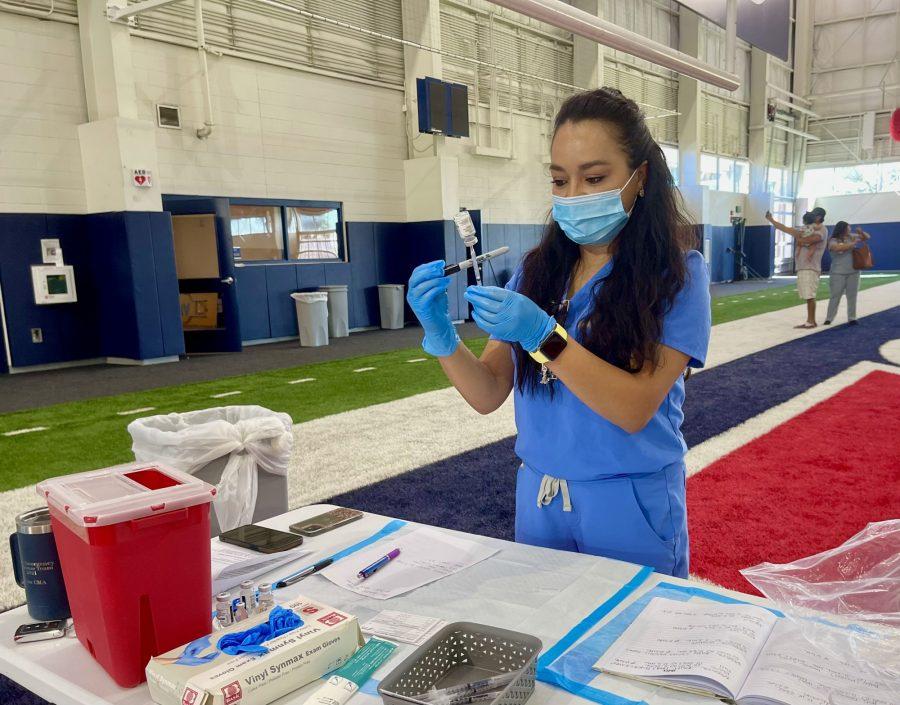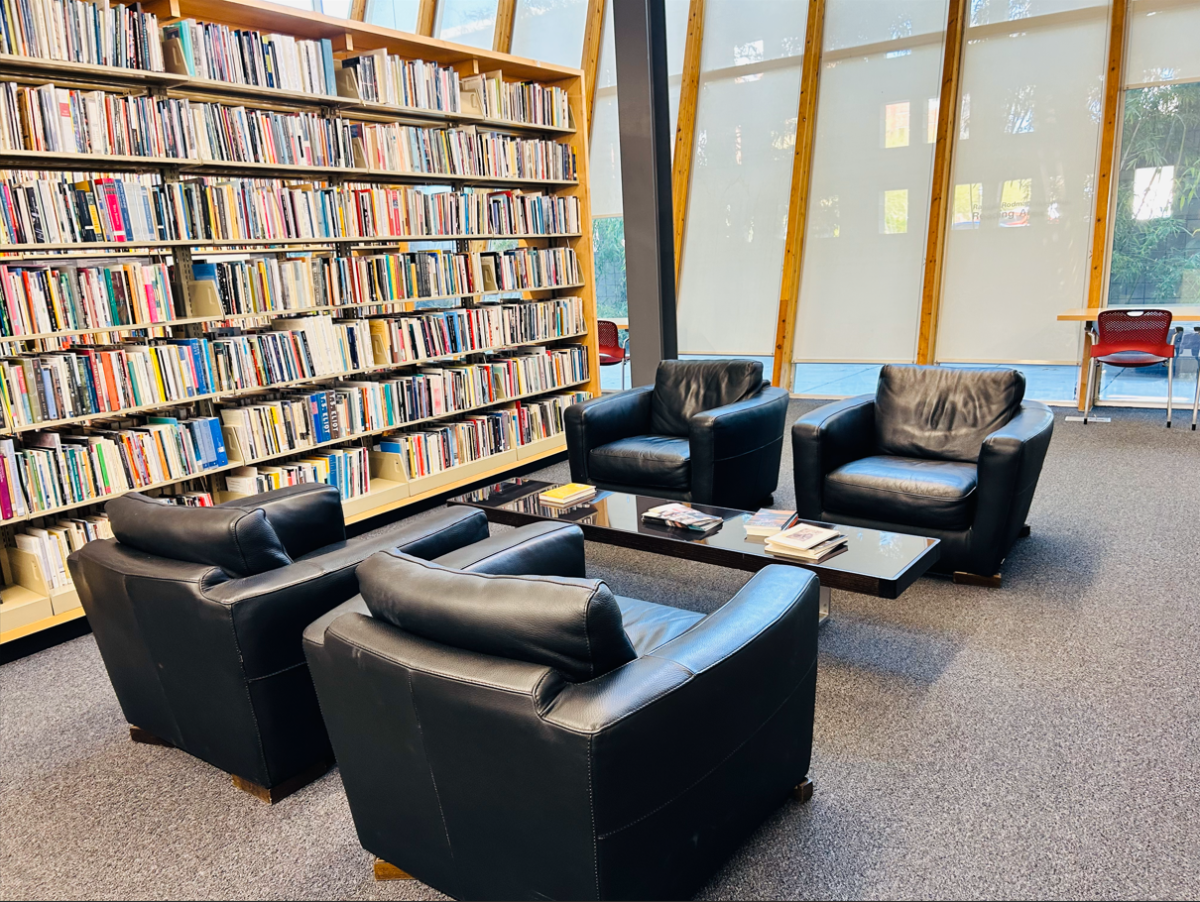As registration for classes starts this week, so again does a biannual cycle of frustration.
It starts on WebReg – where students scramble to pack random courses into schedules to fill out major requirements and graduate on time. As the semester wears on and the workload piles up, students increasingly find their attention torn between too many classes. It has us plowing through essays and homework -rote memorization without interest, convenient arguments just to get it done. This isn’t learning; it’s going through the motions. Whatever real learning takes place is merely a side effect of that 4 a.m. push to finish an essay due at 8.
But this isn’t the way school has to be. With a few changes to the UA’s system of credits, the situation could be vastly improved. If the university offered the same number of classes and raised the value of each class from three to five credits (and raised the course load accordingly) while keeping major and graduation credit requirements basically the same, both teachers and students would benefit.
The primary benefit is a reduction in class size. By offering the same number of classes but almost doubling the number of credits they’re worth, average class sizes would fall by the same ratio. This would mean more personal contact between teachers and students, providing the potential for teachers to better tailor their lectures to their class by letting them actually get to know their students, and even establish mentoring relationships with them.
For their part, teachers’ jobs would probably also become a little more fulfilling because the credit expansion of the courses would allow them to be a little more “”holistic.”” Instead of having to stay within the narrow boundaries of the course material, they could draw on their knowledge more fludily and cover the subject of the course not only in its own right, but also as its boundaries blur with those of other subjects. Students would benefit from this better instruction, but would also benefit on their own terms.
Instead of having to fill up a schedule with five or six courses to graduate on time, they’d take three or four. A number of recent studies have focused on the detriments of multitasking – the researchers conclude that the brain is meant to take information only in chunks, and that constant switching between tasks not only hampers productivity, but creates a buildup of stress and decreases a person’s ability to concentrate in the long term. Simply being able to focus attention in only three or four directions instead of five or six could help soften the toll of the the daily grind of classes tugging our concentration in different directions, even if the absolute quantity of work is the same. It might even be that by allowing students to choose their courses with a little more discretion, conforming them closer to their interests, students would be more self-motivated.
If the changes worked as conceived, it would amount to bringing some of the best attributes of small liberal arts colleges to the UA without taking away the benefits of being a large research university. It would be hard to implement such a radical change. How would teachers, students and even administrators deal with such a change if it came halfway through their respective careers?
Rather than advocating any specific proposal, the real point of this column is to emphasize the need for creative thinking. Though Gov. Janet Napolitano recently vetoed the much talked about spending freeze in the state legislature (“”Gov. vetoes spending freeze”” March 12), that would have withheld $25 million from Arizona’s universities, the larger situation remains. The state legislature is out of money. The UA is not likely to find the money it might like to have to tackle its problems. Instead, we should be looking inward for measures that make better use of the resources we already have.
Matt Styer is an interdisciplinary studies senior. He can be reached at letters@wildcat.arizona.edu








